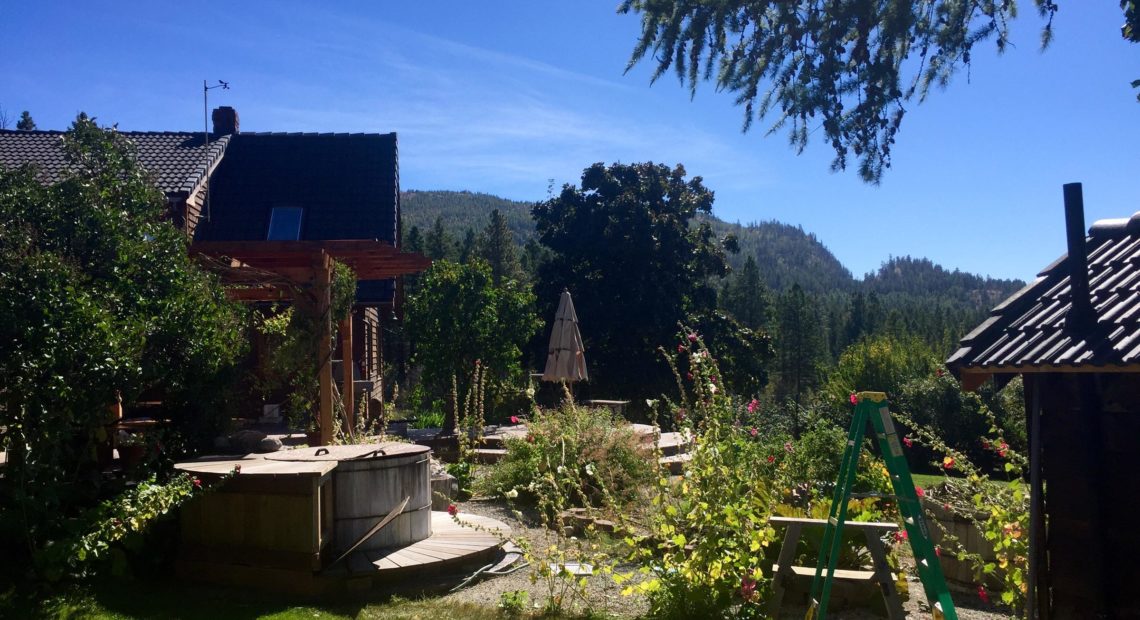
Making Your Backyard Into A Bird Heaven
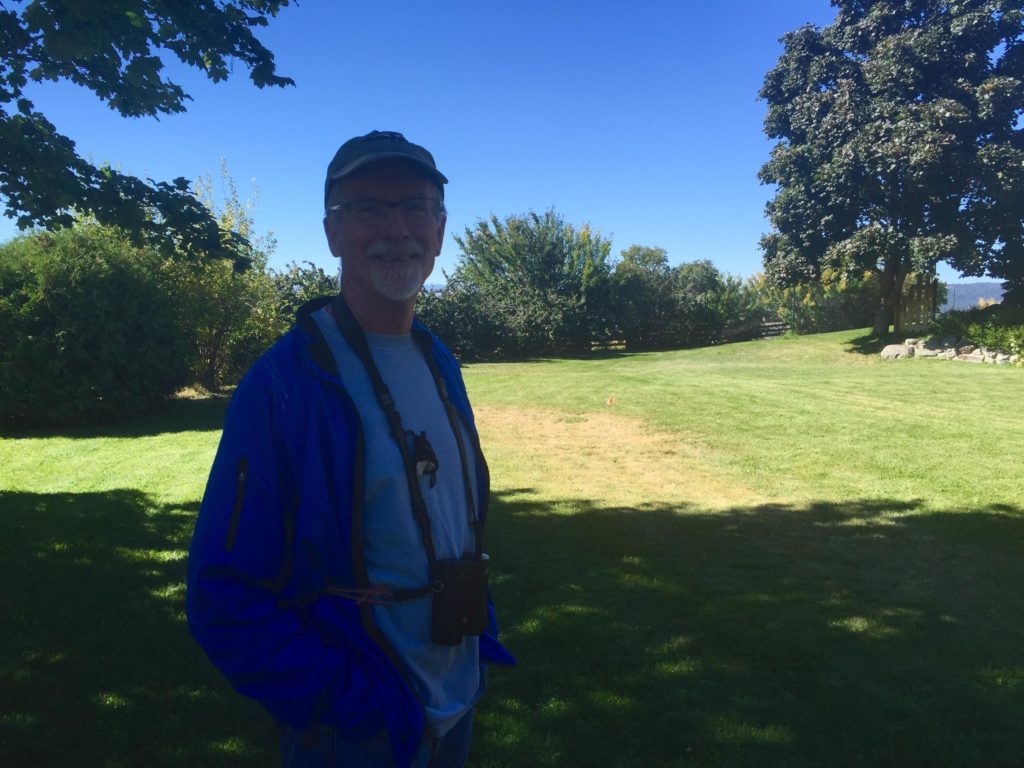
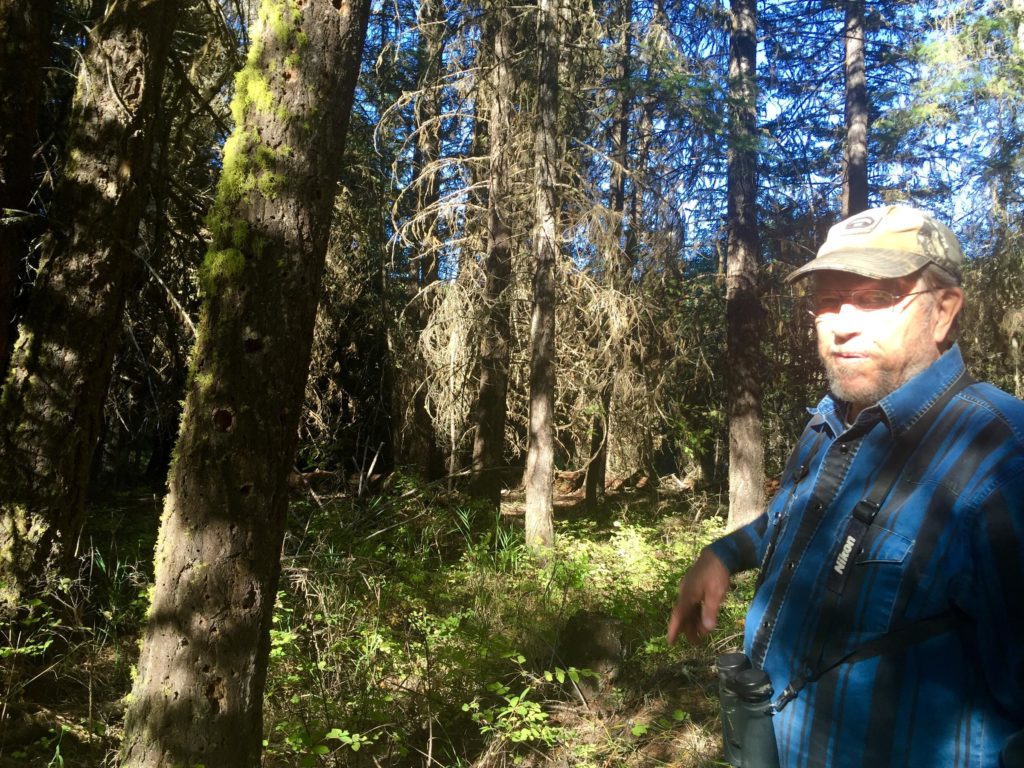
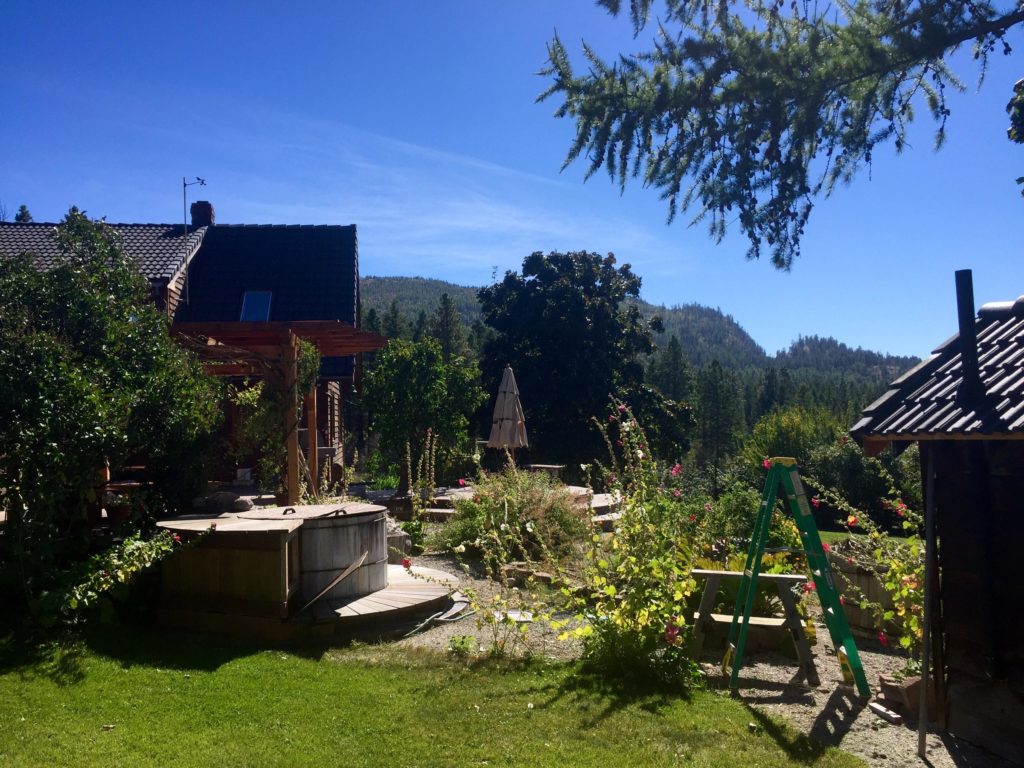
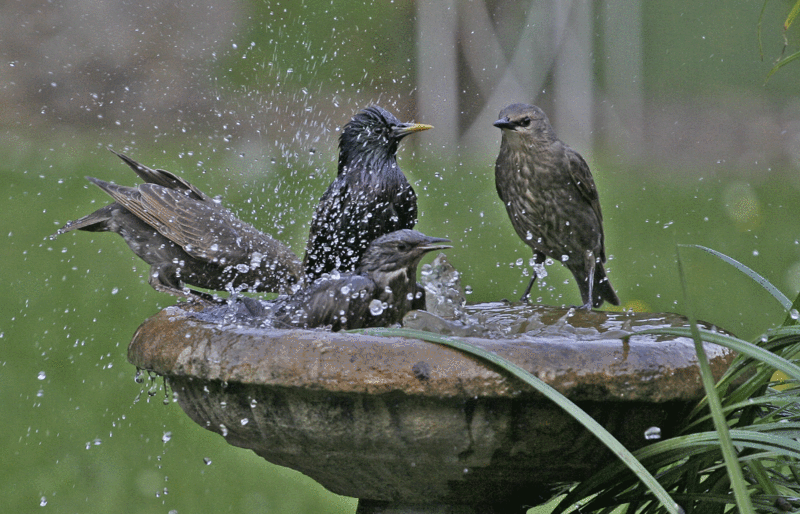
Listen
Lee Johnson goes on walks around his sprawling property at least twice a day. His land, just outside Wauconda, is covered by a dense forest. A neighboring wetland also draws in lots of birds.
“This place is unique for certain birds that birders find very attractive and hard to find other places: Williamson’s Sapsuckers, pygmy-owls, saw-whet owls, great gray owls,” Johnson said.
His yard also plays home to some of his favorites.
“This is woodpecker-owl heaven up here,” he said.
Like the Williamson’s sapsucker. “The various vocalizations that they do when they interact, they just crack me up. Noises like, ‘ehehehehehe,’” Johnson laughed.
On a recent fall afternoon, he passed by standing snags and flicker feathers on the ground — an unlucky bird-turned-lunch.
With all this habitat, he doesn’t need to do much to attract all the different birds.
“I probably have refrained from doing things to preserve the bird habitat. Like I don’t cut down snags at all,” Johnson said.
He said when he thinks about creating good bird habitat for your backyard, it’s best to be thoughtful.
“Pay attention to what kind of birds that they’re seeing. And then enhance the stuff that they need — and birds of their family. Like it would not make sense for me to try to create an environment for flamingos here, right?” Johnson said.
For Johnson, that means let birds be birds, and help them out a little along the way.
“One of the most important things is quality habitat for stopovers during migration,” he said. “Thick bushes, some berries, some seeds for those that might want to grab a bite and rest up before they go off again the next night.”
While Johnson has let natural processes attract birds, about 30 miles down the road, Walter Henze has done a little landscaping.
Every morning Henze pours a steaming mug of coffee, grabs his binoculars, and heads out to his porch.
It’s a stunning view — Mount Chopaka rises above the horizon. Freshly cut hay fields blanket the valley below.
On this particular morning robins flocked to his backyard.
“There are just tons of robins,” Henze said. “It’s not a very exotic sighting, but between the fact that we have some ripe grapes, and we have the misting bird bath, a whole gang of them out there.”
As a busy family doctor, with several small children, Henze wasn’t always interested in birds.
“A bird pretty much [would] have to land on our head before we thought much about it,” Henze said.
Then he and his wife built this house on the outskirts of Tonasket and started thinking about landscaping.
A string of native berry bushes and shrubs line one side of his yard.
“We planted all this at the same time,” Henze said. “Partly to create a windbreak, partly to create a habitat fence, essentially.”
The birds started flocking to his yard almost immediately.
From his yard, he can see three types of hummingbirds at two different feeders. The favorite hangout is a new mister.
“It’s just a little pump and a small solar panel the size of a book,” Henze said.
And sure enough, in a tree right above the mister, “That’s a towhee,” Henze pointed to the branch. “It’s like a sleek robin with a red breast.”
They may take different paths to bird-home building, but for these two birders, better homes for birds are better bird viewing for people.
This story is produced by NWPR in collaboration with BirdNote. It’s part of a series made possible by a grant from the Icicle Fund and individual BirdNote donors.
Related Stories:
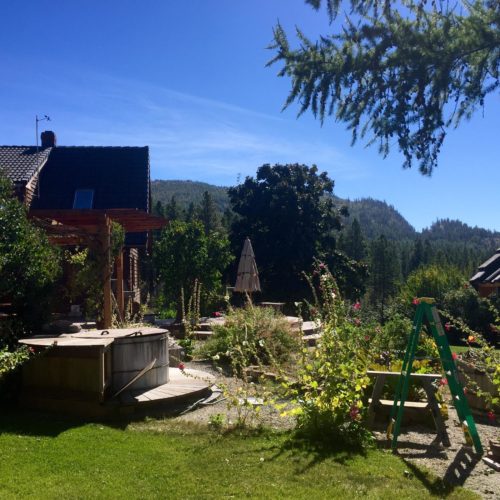
Making Your Backyard Into A Bird Heaven
Walter Henze didn’t know much about birds until he built this home outside Tonasket, Washington. Now he starts every day with a cup of joe and walk around his property
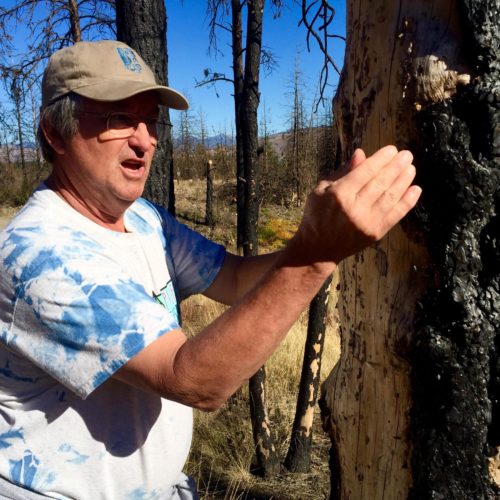
Leaving Behind Burned Trees For Bird Habitat
The Carlton Complex burned through Ken Bevis’ property in 2014. Since then, he hasn’t cut down the dead trees — they make great bird habitat. Ken Bevis has left somewhere















